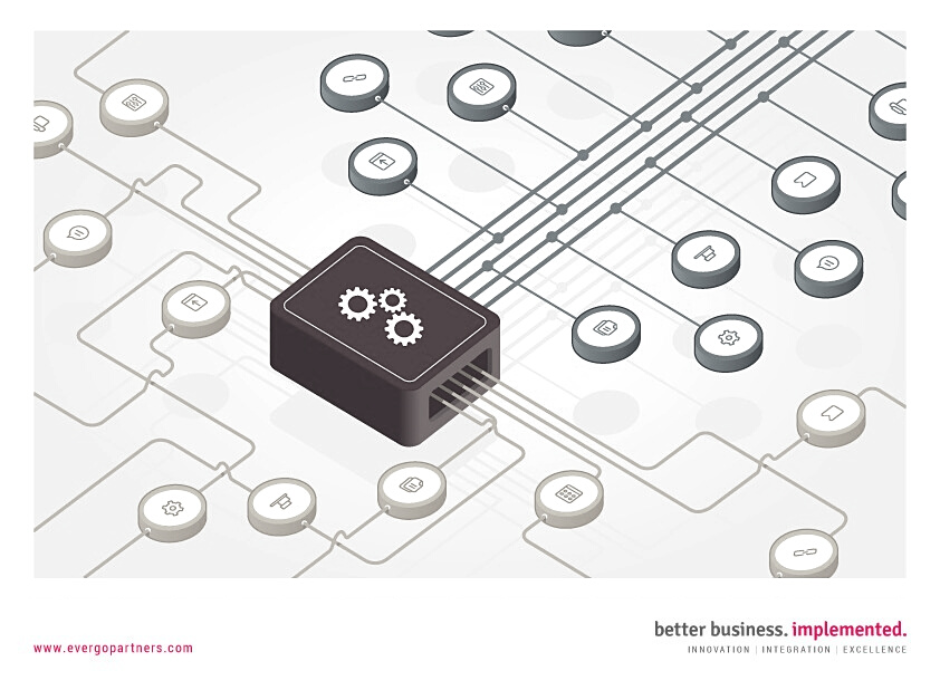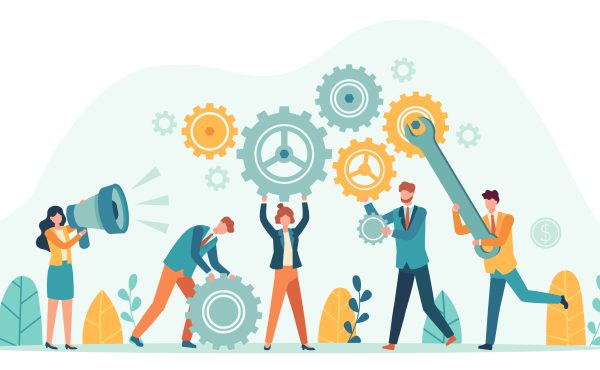Introduction
Transformations are difficult. Mostly due to a cultural change that needs to happen. In this blog post we will identify few key questions that you need to answer while on the journey of transforming IT Ops towards Agile and Lean methodologies. Answers will guide you in proper selection of the methods and speed as you coach your team or organization.

Transforming IT as a service to IT as a partner
In most situations CIO/CTO’s goal is to shift the mindset from IT as a service to IT as a partner or from IT the cost center to IT the innovation frontrunner. Setting a goal is the starting point that is the easiest. The journey to achieving the goal is the most fun and requires focus, communication and perseverance.
Agility in IT Ops
“Agile” is not a methodology. As per the Agile Manifesto the Agile movement seeks alternatives to traditional work management. Agile techniques help teams respond to unpredictability through small, iterative rhythm of work and empirical feedback. There is number of agile methods and techniques to choose from such as Cleanroom, TSP, PSP, RAD, DSDM, MSF, Scrum, Kanban, UP, XP, TDD, ATDD, BDD, FDD, DDD, MDD.
We will not discuss Agile methods and techniques here. We will only mention that agility is a state where all or some of those techniques intertwine with each other depending on the current need of the team that wants to become Agile.
Key transformation questions
There is load of detailed questions that can be only answered in face to face conversations or during the actual work. The approach that coach takes depends on the current state and the specific goals of the transformation. Despite the complexity of various organizations there are key questions that help the coach establish a base line and move from there.
- Value: How is value determined? What is value for stakeholders?
- Priorities: How priorities are derived? Is there common language among stakeholders?
- Rewards: What is the reward system for meeting targets?
- Pitfalls: Is work pushed onto the team or pulled by the team? What are the blockers/bottlenecks of the work?
- Social: What is the team size? Are teams distributed geographically? Are there cultural work differences? Is the team shared?
- Competencies: What is the team role? What skill sets the team members have?
These six directions provide a cultural starting point for further examination. Skilled coach will identify and address this work culture to suggest proper transformation path and speed.
Agile methods and techniques should be ideally chosen by the team. It is important focus on the smooth transformation and everyone’s buy-in to the new culture. Some techniques may be used in the beginning but dropped later as the team becomes better at delivering value to their customers.
Agile Success
There is number of agile success factors and rewards
- Work culture focus shift to maximizing customer value
- Increased interactions among team members aimed at creating value
- Team pulling work themselves based on priority
- Customers prioritize their own work based on the overall backlog
- Transparent workload visualization for all stakeholders
- Simple stakeholder expectations management
- Clear identification of dependencies and fast resolution
- Managers can focus on resolving blocker
- Less defects and unresolved problems
- Minimum, if any, workload management overhead cost
The benefits of Agile practices is much wider and it varies on the underlying implementation and specific roles teams play within the IT organization. Nevertheless, it’s clear that Agile community grows exponentially in recent years. Most that try Agile practices stay with them. They start incorporating few best practices and evolve to introduce range of methods best suited for specific roles within IT.




